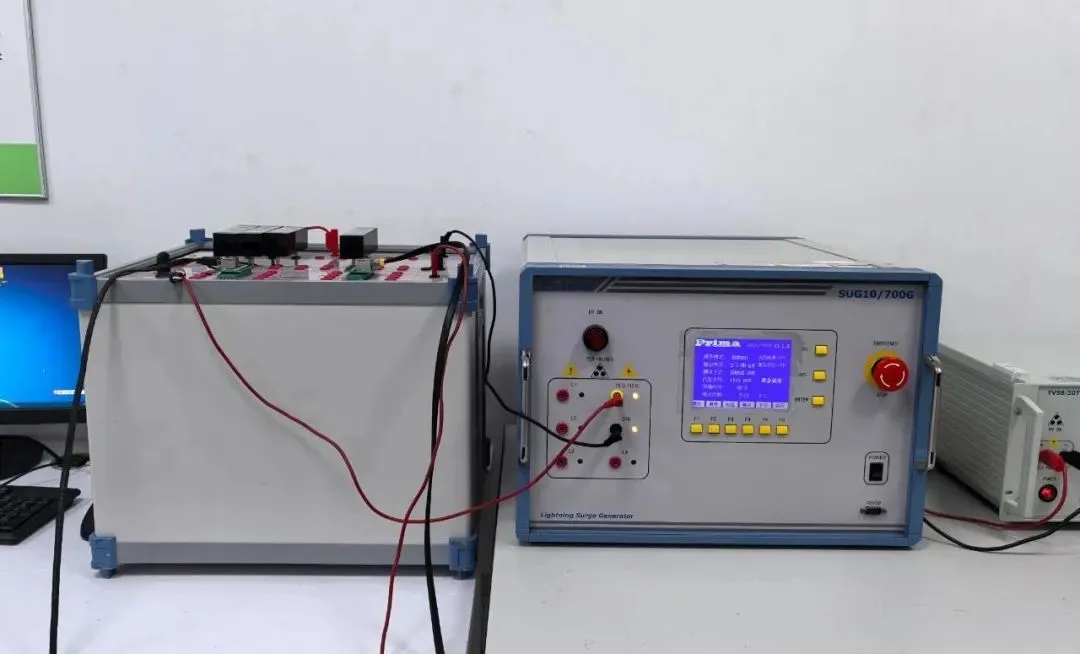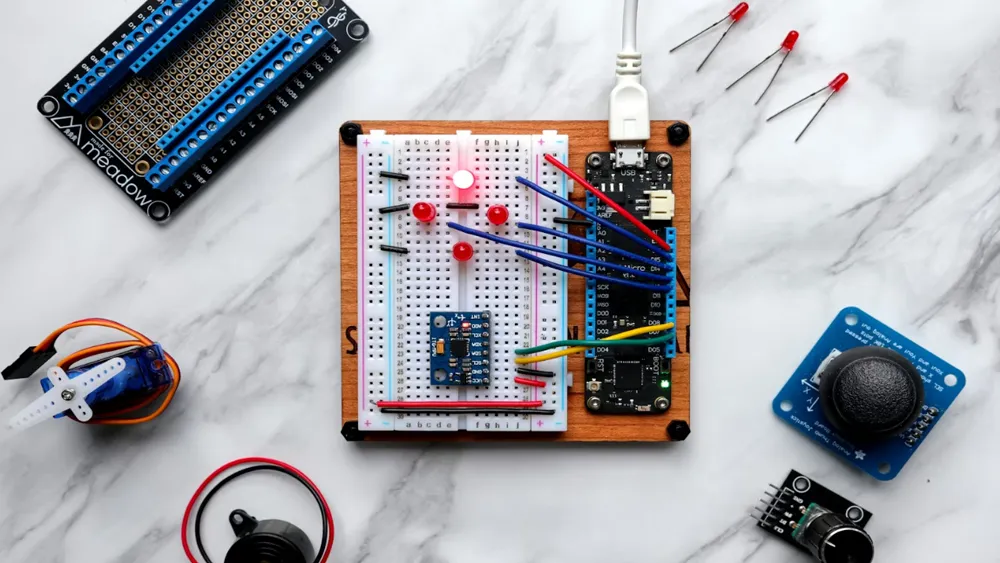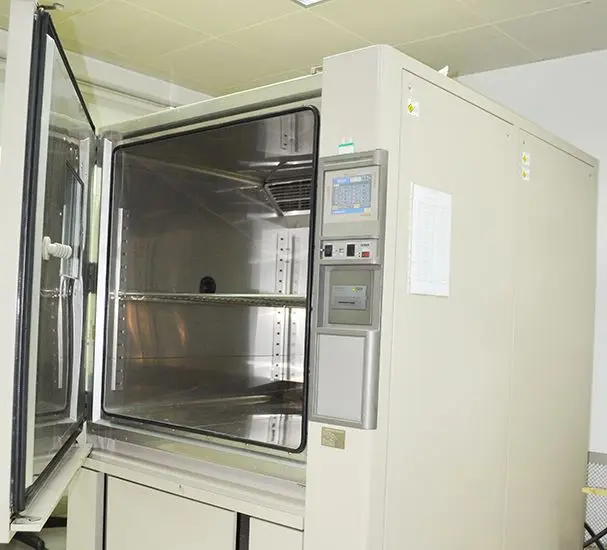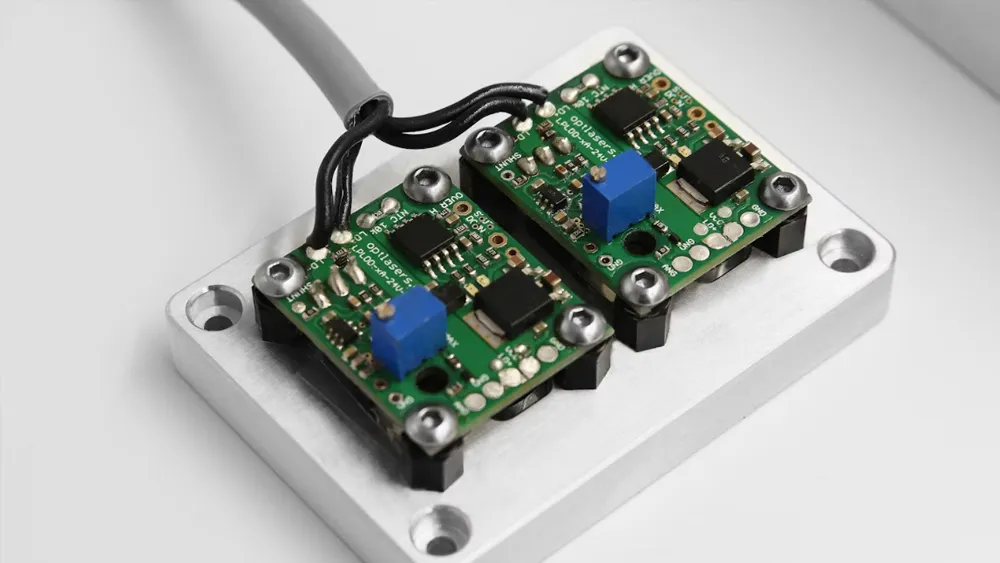
IEC 60896-21 Battery Certification
As one of the most mature electrocheMICal energy storage technologies, lead-acid batteries play a vital role in power systems, communication base stations, data centers, and other fields. To standardize their design, testing, and application, the International Electrotechnical Commission (IEC) has established the IEC 60896 series of standards, specifically addressing the technical requirements and testing methods for stationary lead-acid batteries.
What is the IEC 60896 Standard?
IEC 60896 is a standard issued by the International Electrotechnical Commission for lead-acid batteries. As one of the most widely used power sources, lead-acid batteries are crucial for both consumers and manufacturers. The IEC 60896 standard ensures the quality and performance of lead-acid batteries, thereby guaranteeing their safety and reliability. Compliance with this standard facilitates quality inspection and performance assurance for manufacturers.
Key Test Items CoveRED:
1. Electrical Performance testing
a. Capacity Test:Verifies whether the actual discharge capacity of the battery meets the rated value under specified temperature (typically 25°C) and discharge rate conditions. For example, discharging at the C10 rate to a cutoff voltage of 1.80V per cell must resULt in a capacity ≥ 95% of the rated value.
b. Cycle Life:Simulates deep charge/discharge cycles (e.g., 80% Depth of Discharge) to evaluate battery durability. Typically, the remaining capacity must be ≥ 80% after several hundred cycles.
c. Self-Discharge Rate:After being left idle for 28 days, the capacity loss should be ≤ 15%, reflecting the battery's storage stability.
2. Environmental Adaptability Testing
a. High and Low Temperature Performance:High-temperature tests (e.g., 40°C or 55°C) verify capacity and seal integrity; low-temperature tests (-20°C) ensure discharge capability meets standards.
b. Overcharge Resistance:The battery is overcharged for 48 hours at 0.1C current. It must not show leakage, deformation, or significant capacity loss.
3. Safety Testing
a. Short Circuit Test:The battery should not catch fire or explode when short-circuited. The temperature rise must remain within safe limits.
b. Mechanical Strength:Vibration and shock tests verify the structural stability of the battery, ensuring no electrolyte leakage under extreme conditions.
Email:hello@jjrlab.com
Write your message here and send it to us
 Electric Toy EN 62115 & EN 71 Testing
Electric Toy EN 62115 & EN 71 Testing
 What are ASTM F963 and CPSIA?
What are ASTM F963 and CPSIA?
 Comparison of ASTM F963 and EN 71
Comparison of ASTM F963 and EN 71
 How to get CSA C22.2 NO.256:14 Test Report?
How to get CSA C22.2 NO.256:14 Test Report?
 How much is the ISTA Amazon Packaging & Shippi
How much is the ISTA Amazon Packaging & Shippi
 Amazon Product Laboratory Testing Requirements
Amazon Product Laboratory Testing Requirements
 How to Get EPA Certificatio
How to Get EPA Certificatio
 What is EPA Certification in the United States?
What is EPA Certification in the United States?
Leave us a message
24-hour online customer service at any time to respond, so that you worry!




